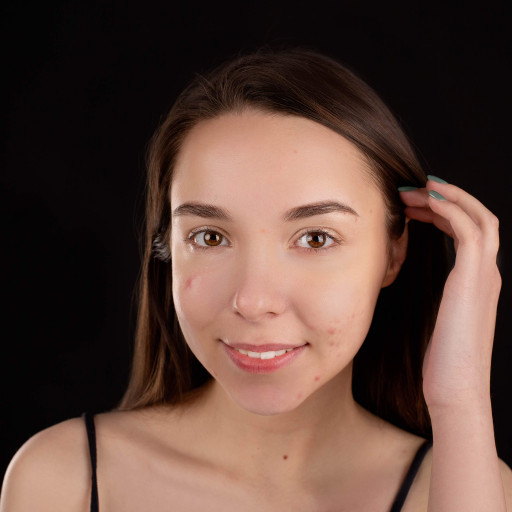Skin cancer is one of the most common cancers. It can affect anyone, regardless of skin color. It is estimated that 1 in 5 Americans will develop skin cancer in their lifetime. While some forms of skin cancers are more aggressive than others, when they are caught early, skin cancers are highly treatable and the prognosis is excellent.
What Is Skin Cancer Screening?
A skin cancer screening is a visual skin exam that is conducted by a dermatologist. In this screening, you’ll be checked out for birthmarks, moles, or other marks that are unusual in texture, shape, and size. Dermatologists also use a device called a dermatoscope which helps them magnify the lesions and carefully evaluate if it is cancerous or not.
Are Regular Skin Exams Necessary?
Skin exams are especially necessary if you are at high risk for skin cancer. Generally, one should start getting screened for skin cancer in their late 20s. However, this isn’t a rule set in stone. If you have a family history of skin cancer or have moles that you suspect are changing in shape and color, you should be checked as soon as possible. It’s recommended that one sees their dermatologist for a full skin examination once a year.
Do I Need a Skin Cancer Screening?
There are certain risk factors that determine whether you need to do a skin cancer screening or not. Here are some of these risk factors:
- Light-colored eyes
- History of blistering sunburns
- A significant number of moles (more than 50)
- Frequent exposure to the sun
- Family or personal history of skin cancer
- Having skin that burns or freckles easily
- Having blond or red hair
- Having used tanning beds
- History of Immunosuppression
Skin Cancer Screening Procedure
You have three options here, you can physically examine your skin, visit your doctor, or do both of them in this exact order.
Skin self-exam
It’s recommended that you perform a self-skin check once monthly at home. You should let no part of the skin unchecked, from the scalp to between your toes. You’re looking for new moles or moles that are changing in size, shape, or color. Check out AAD’s step-by-step instructions on how to perform a skin self-exam.
Total Body Skin Exam (TBSE) Performed by a Dermatologist
Usually, the skin cancer screening takes 10-20 minutes. After taking a thorough medical history to assess your risk factors for skin cancer, dermatologists use a dermatoscope to evaluate all your moles. If moles look atypical, concerning, then a biopsy is performed in the same visit.
Mole biopsy
A mole biopsy is the test used to diagnose cancer cases. This is performed during the same visit as the TBSE. Depending on what the dermatologist suspects the growth is, they will either do a shave biopsy or a punch biopsy. More to come on what is the difference between these two biopsies.
Sources:
Stern RS. Prevalence of a history of skin cancer in 2007: results of an incidence-based model. Arch Dermatol. 2010 Mar;146(3):279-82.


